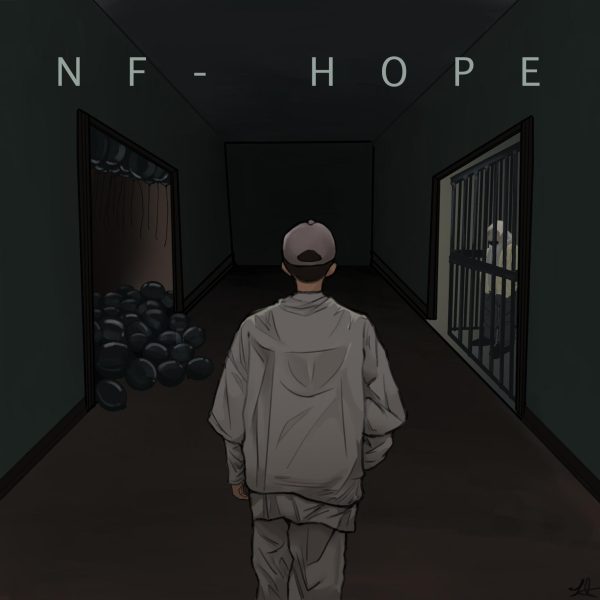Beyond The Black Parade: Part 3
April 5, 2020
By all accounts, the narrative of My Chemical Romance had ended. They had already offered two protagonists, established strong themes, and paid off those themes in a satisfying conclusion. Surely, there was nothing left to add. But they did anyway.
2010’s Danger Days: The True Lives Of Fabulous Killjoys is certainly one of the more controversial points in the band’s discography. Taking a sharp left turn away from the gothic-tinged emo rock of their previous records, the group adopted an aggressively colorful aesthetic and switched gears into power-pop. The change has left many fans debating the quality of the album to this day.
But far more relative to this article is how exactly it fits into the previously discussed narrative. And that might just be the most interesting thing about this release. When most storytellers end on the characters riding off into the sunset, they traditionally don’t go any farther. The mere implication that they were happy is often more powerful than outline exactly how. But, doing what they had done for most of their career, My Chemical Romance bucked tradition.
Unlike their previous two albums, Danger Days doesn’t have a clear story. More so than any of the band’s focus here is on theme and tone, not narrative. This is made abundantly clear by the opening two tracks Look Alive, Sunshine and Na Na Na. These two songs are about nothing and that is the point. Far more important is the tone they set, which runs throughout the rest of the album. They establish an aura of bold defiance and conjure images of a lifestyle lived with little regard for the opinions of others.
The tone remains prevalent throughout the album with stories of two lovers against the world (Bulletproof heart), sneaking out with friends (Summertime), and gleefully running away from adult trappings like responsibility (S/C/A/R/E/C/R/O/W). Throughout all of this, the album retains its air of youthful innocence.
However, not all the album is as carefree. On SING, the band muses how the next generation will fight their own battles It acts as a touching declaration of faith in the future and a symbolic passing of the torch.
While SING looks towards the future, The Kids From Yesterday has it’s gaze fixed firmly on the past and present. When viewed with the hindsight of the group’s eventual break-up, the song almost seems like a farewell to their legion of fans. It opens by considering the possibility of something coming to an end, then spends the rest of its runtime somberly reminiscing about how things turned out the way they did.
After the humorously meta Vampire Money, the album comes to a close and My Chemical Romance’s career with it. Save for the outtake collection Conventional Weapons, the band has never released another album.
And with that, the story comes to an end. We opened on vile, bitter men chasing after what they thought was rightfully theirs and ended on victorious heroes frolicking in the sun. It was a powerful story of struggle, defeat, and ultimately triumph that was told with the sole purpose of letting fans know it was never too late to be better.
The perfect bow this narrative was wrapped up in is somewhat complicated by recent events. After seven years of silence, the band is back and now fans are clamoring at the prospect of new music. But should they?
Should My Chemical Romance undo their near-perfect arc of their career by releasing something new? It is a complex question without easy answers that will likely hang of the heads of myself and others for the foreseeable future.
But even with the questions heir return has raised, it doesn’t change that there already exists an excellent catalog of music for fans to enjoy. So let us all bask in My Chemical Romance’s glorious legacy and remember: it is never too late to be unashamed, show your scares, and carry on.




